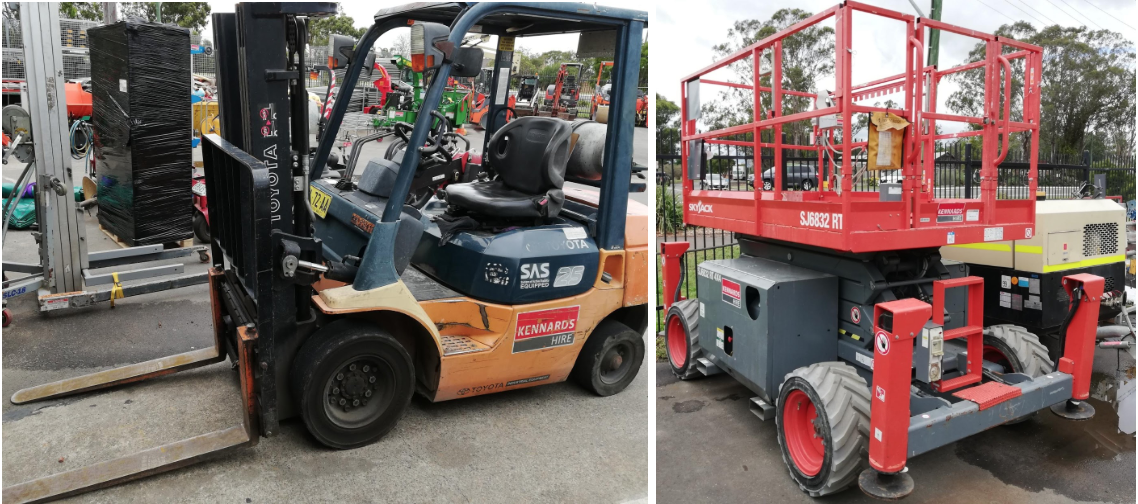To Maximize Impact Read These Three Learnings

Thanks to Colin Rae for contributing this piece. He is an Angel & Impact Investor with 20+ years volunteering, 10+ running a traditional manufacturing business, many failed startups (with one success), and one big, compassionate, bleeding heart.
Learning to apply the principles of Lean Impact Investing has been a journey, with humble beginnings at my local church.
I consider tithing 10% of my income to my local church to be the absolute minimum level of giving. I usually think of this 10% as going toward operating expenses, but I was dissatisfied with what felt like a lack of desperately needed impact. So I decided to donate a one-off amount in addition to my usual 10%. My goal was simple yet ambitious: More reach, i.e. cash-flow positive, without additional operating budget.
I spoke with a key individual at my local church, and we realized we could see a viable path to achieve this objective. We estimated the costs at $250,000 with a timeline of five years. But I didn’t want a five-year plan and a detailed budget. I wanted impact now. I felt scared and lost, and I had no idea what else to do. So I made something up. With no real plan, no way of measuring success or failure, and no sense of certainty, I asked the guy running the initiative in my local church one question: What do you need right now?
He mentioned they had a conference coming up that weekend and some more video cameras would really help. Two days later after some research, I used a couple of my credit cards to buy the equipment they needed directly from the supplier for about $13,000. When the conference rolled around that weekend, the cameras were up and running, and in full use livestreaming the content.
I wondered if the cameras would only be useful during conferences. I was thrilled when I discovered they were being used every Sunday to livestream, with more plans to utilize them to record curriculum geared toward youth, as well as, for the next music album.
I was hungry for more impact and knew the staff and volunteers lugged chairs around quite frequently, usually in stacks eight chairs high. Right then, I knew what I was going to do next: Donate a forklift to my church.
I was wrong. But I didn’t know it at the time.

I called up the same guy as before and, with great enthusiasm, asked: Do you want a forklift? He wanted clarification. What sort? When? How much would the maintenance costs be? How high could it reach? Pretty soon it was clear a forklift would not be as helpful as a scissor lift, and a suitable one would cost about $17,000. But he was happy renting a scissor lift as they needed it and the payback period was about five years.
Then the question came up of how we could better use that $17,000? In short order, he described how if they got a new $17,000 sound console (to help all the microphones and speakers work well together), the old sound console could be sold for about $10,000, which could fund other purchases. The economics of situation looked really good; I donate $17,000 and they get $27,000 worth of purchasing power for things they actually value. Ten days later, the sound console was delivered just in time for the church’s battle-of-the-bands, which was more of a worship celebration than a competition.
Again, I wondered if the new sound console would really be useful as we only had a battle-of-the-bands once a year. When I bumped into my man on the inside along with the Director of Music in the sound booth at church, I found out the new sound console would reduce training time for volunteers and could be taken on tour. Filled with confidence, I called up my partner-in-impact and asked him for a plan outlining how the church could spend between $100,000 and $300,000.
This foolishness was simply me reverting back to the traditional idea of “big money, big plans” and then hoping for big impact. I’d had success by breaking up a big donation into small steps, and I was about to abandon what had worked to try out the traditional process which rarely works for anyone. Fortunately, before I saw the plan, I bought Lean Impact and I went to the Lean Startup Conference. It broke me.
We talk about repentance in my church, and I had some good repentance reading Lean Impact and going to the conference. It was dismaying to realize I had lived so much of life giving my time and donations without a radical commitment to learning how to achieve measurable impact. Throughout the Bible, humility is key, and I saw that I had spent so much of my life in pride believing if I do more, give more, try more, then I’ll see more impact. Broken and humble, grieving over having wasted so much of my efforts, I returned home.
I realized my goals aren’t clearly measurable because I hadn’t set a clear standard for success prior to experimenting with small step donations. I hadn’t referenced the impact I’d like to see from the video cameras or the sound console or taken the first step of defining the measurable impacts, let alone measuring progress toward them, or even setting ourselves up to learn how to do that. I did not start with a commitment to Think Big, Start Small, and Seek Impact. Jesus help me.
Thus, I’d like to share my three top takeaways from the Lean Startup Conference:
- “Try it and See What Happens” ensures that we only see what happens. Where as predefined success metrics – derived from larger objectives – bring much needed accountability to our small, rapid experiments.
- Whether your funding is aimed toward the startup, corporate, or social good space, you can validate or invalidate your ideas and goals much sooner – and with vastly fewer resources – using the Lean Startup methodology.
- You and I are not alone in this work. We are all pioneering this global, scientific, entrepreneurship movement called Lean Startup. As we share our experiences, we find empathy and wisdom for our journey.
Thanks to Colin Rae for contributing this piece. If you seek to bring the entrepreneurial spirit to your organization, Lean Startup Co. can help.
